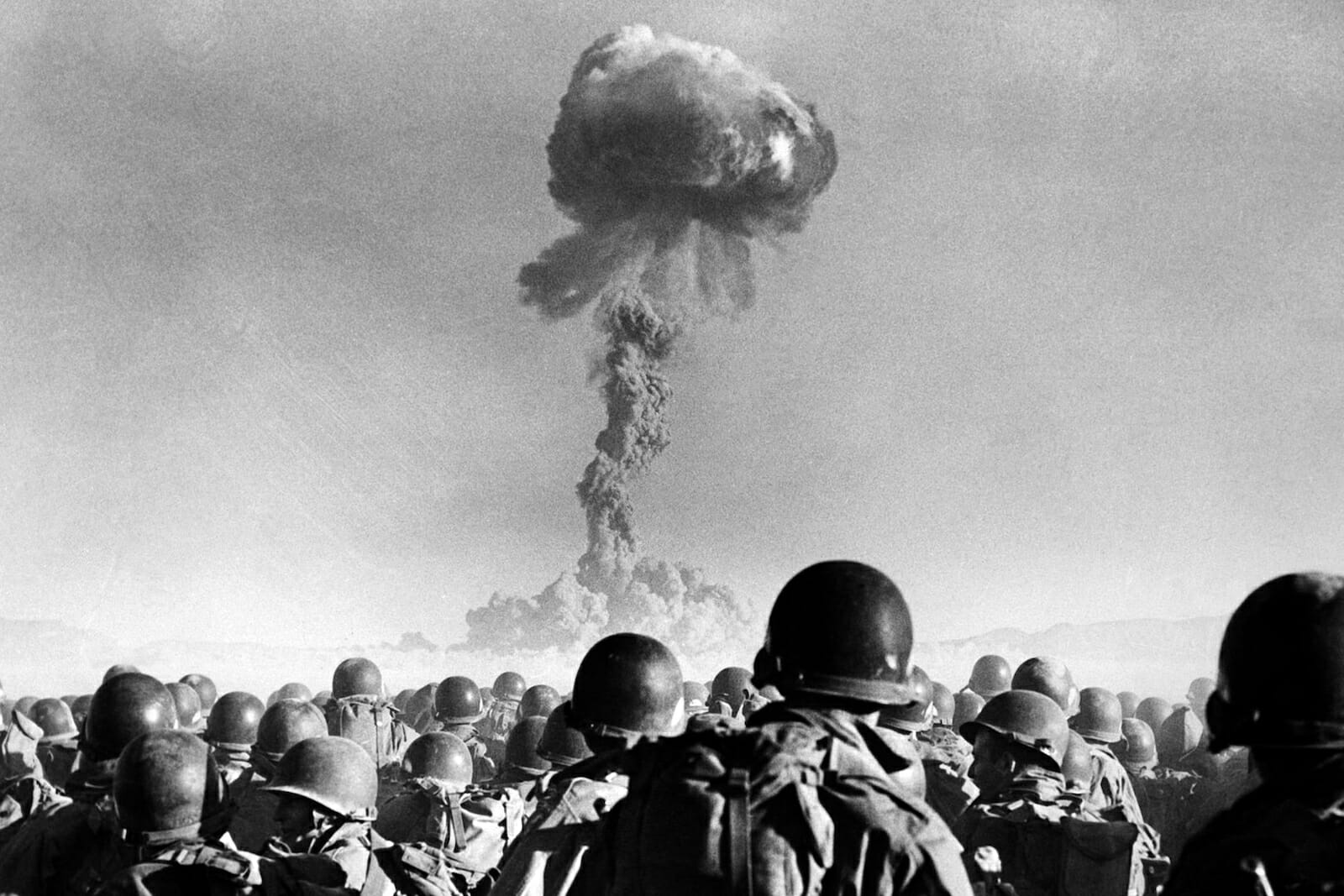
Paving the Way for a Shift? Evidences from China’s Nuclear Documents
The historical roots of the Chinese nuclear doctrine dates back to the traumatic experiences of the Korean War and the Taiwan Strait crises during the 1950s when the United States, then bound to South Korea and Taiwan, kept on the table a nuclear option against Beijing. After testing their first A-bomb in southern Xinjiang in October 1964, Beijing stated that, given the power of annihilation, “China will not at any time or under any circumstances employ atomic weapons first.” The no first use (NFU) policy is, then, congenitally rooted in China’s nuclear doctrine.
An NFU posture drives the attention of strategists on the later moment of a nuclear exchange: the second-strike. In Chinese strategic documents, this posture has been labeled as “gaining mastery by striking only after the enemy has struck” (只有在敌人攻击后, 才能通过攻击获得控制权). Given its pledge not to attack first, China could only develop second-strike capabilities to deter rivals from taking the big step and attack with nukes. Because of that, experts defined Beijing’s deterrent as “minimal,” “self-sufficiency,” “lean but effective,” “existential,” and “limited.” A second-strike capability would require Chinese nuclear armory to survive a hostile counter-force strike and retaliate effectively against the opponent. For decades, the NFU pledge and the second-strike orientation have meant that Beijing would not use a nuclear weapon: a) to strike or threaten a non-nuclear state; b) after a conventional attack against China.
With regards to nuclear hardware, Chinese nuclear minimalism determined some relevant consequences. A minimum deterrent such as China’s had not to cover as many options as the American or the Russian and, thus, didn’t have to display a high level of precision and/or accuracy. To put it in the words of Zhang Aiping, Chinese Defense Minister in the 1980s and a key figure in China’s nuclear weapons development, “If a nuclear war breaks out between China and the Soviet Union, I don’t think there is too much difference between the results, provided China’s ICBM misses its predetermined target, the Kremlin, and instead hits the Bolshoi theater.”
The 2004 Second Artillery Corps’s Science of Second Artillery Campaigns (SAC-04) handbook may mark an important innovation in China’s nuclear policy, opening the way for greater flexibility in sticking to no first use. According to the document, the PRC may lower the atomic threshold in response to the “threat of conventional attacks on nuclear facilities, on important strategic targets and against political or economic centres” and in case of “sustained escalation of conventional war.” If true, this addition would represent a significant shift away from China’s traditional nuclear strategy. However, some scholars cast doubts on the truthfulness of SAC-04.
The PLA Academy of Military Science’s 2013 edition of Science of Military Strategy (SMS-13), a major strategic document, introduced noteworthy innovations as well. Originally conceived as an internal publication, “Science of Military Strategy” (SMS-13) was collected and disseminated by the Federation of American Scientists, allowing a much more detailed picture of the Chinese strategic point of view. SMS-13 confirms the adherence to the NFU, reiterating the defensive nature of Beijing’s nuclear deterrent and the limited role of nuclear power in China’s military strategy. If we believe that, then, the document follows the long wake of China’s nuclear doctrine, which has remained substantially unchanged over the decades.
Some analysts have, however, underlined the innovation of some passages in SMS-13, wondering whether some novelties could determine less clear scenarios. For instance, the text reveals that Beijing may shift to a launch-on-warning posture when the “conditions permit it and when it becomes necessary.” A similar stance if, on the one hand, can be deemed consistent with the NFU pledge, on the other, could yield more uncertainty. Besides the possible errors in the identification and tracking of a nuclear attack (see “Stanislav Petrov” or “Norwegian rocket incident”), the integration of nuclear and conventional C3 and early warning systems creates several complications.
Let’s take the case of satellites and work out a not-unlikely future scenario. A local crisis escalates into a conflict (Taiwan? the South China Sea? the East China Sea?) pushing the U.S. to neutralize Beijing’s in-orbit naval intelligence satellites. If that system played some role in Chinese early strategic warning, Beijing could read the action both as a maneuver with limited purposes and as a prelude to a nuclear strike. The nuclear threshold would be drastically lowered, and the associated risks of escalation would increase exponentially. Likewise, the 2015 Chinese Military Strategy recommended improvements of PLA’s nuclear “strategic early warning and command and control systems” in order to “deter other countries from using or threatening to use nuclear weapons against China,” thus envisioning the possibility of nuclear retaliation without necessarily an enemy’s first strike. In 2019, the 2019 National Defense White Paper, echoed that “China is always committed to a nuclear policy of NFU of nuclear weapons at any time and under any circumstances” and refrained from reiterating any of the aforementioned innovations.
The main concern for the U.S. and its allies in Asia is whether China is modernizing its nuclear arsenal solely to secure a credible and effective second-strike capacity or if it is overhauling its nuclear policy toward a completely new approach. If the above-analyzed documents were meant to pave the way for more meaningful shift away from the traditional Chinese nuclear posture, then, Asia’s security environment would be significantly altered and global peace could be sorely tested.

